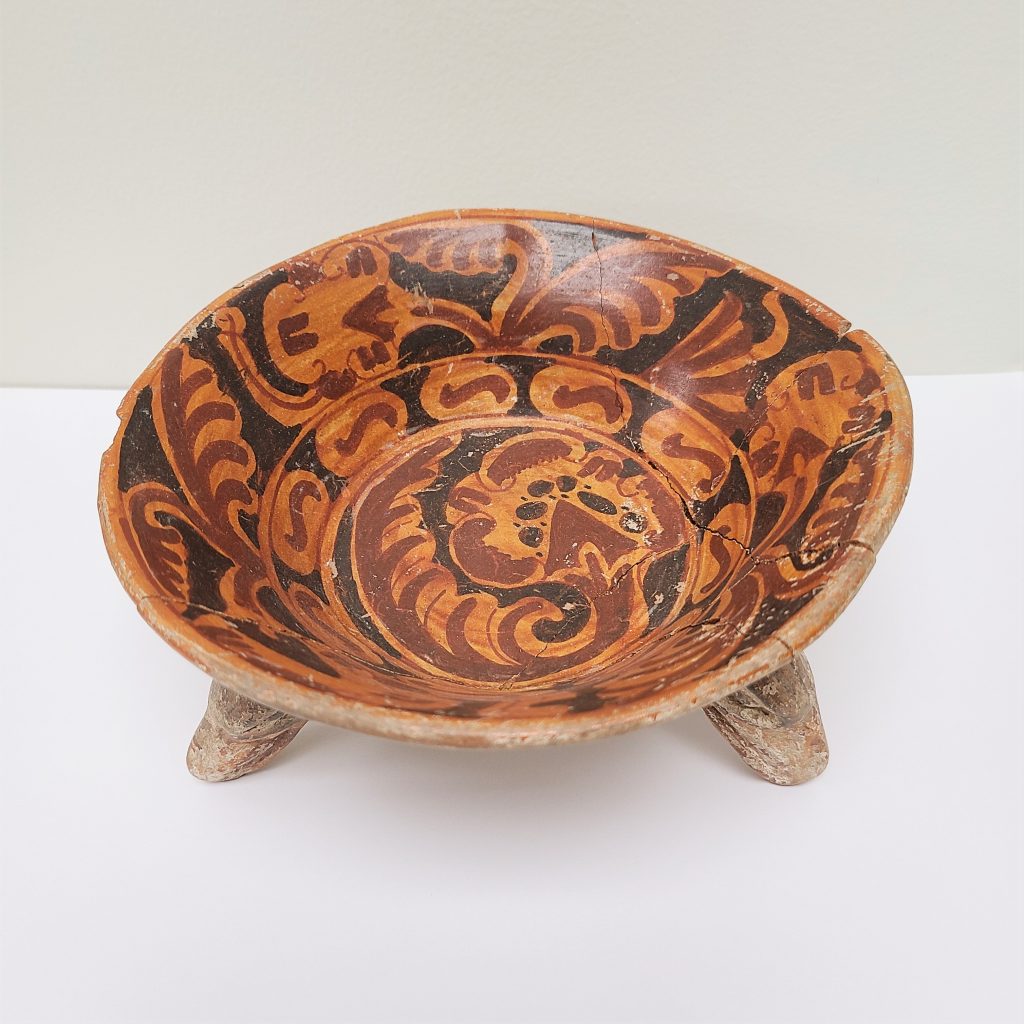Spanish Colonization and Control
Spanish colonists in the Americas attempted to capture and control land, resources, and labor from indigenous societies. They often used violence. They also used lasting methods of control by imposing social and economic institutions, like colonial governments and markets. This led many societies to adapt to European practices.
Spanish institutions reinforced social conformity to support the extractive colonies. Catholicism was a driving force in the blending of cultures. Its doctrine of ‘salvation’ was used to rationalize the elimination of indigenous institutions and knowledge. Traditional practices were deemed taboo or immoral. This led to the creation of new social norms, while those who did not adopt them were at risk of being cast off, or—in some extreme cases—victims of the Inquisition.
Archaeologists have identified evidence of repeated traumatic injuries endured by indigenous peoples from harsh labor. These conditions perpetuated a cycle of poverty that lasted generations, further entrenching exploitative systems. Indigenous people did not take Spanish rule passively. They resisted in many ways, from outright rebellion to secretly practicing ceremonies. Some traditional knowledge has only survived due to generations of resistance.

This polychrome bowl originates from the Mixtec–the third largest indigenous Mexican population–town of Puebla. Dating from around the 1500s, following Spanish contact, the bowl depicts a Mesoamerican motif in its legs and a Spanish arabesque design on the concave interior. Ceramics were not elite items, and therefore depict the beliefs and ideas of commoners. This bowl represents an indigenous acceptance of Spanish aesthetics into their own culture. If there is a power dynamic represented here, it is a statement of equality and non-hostility.

